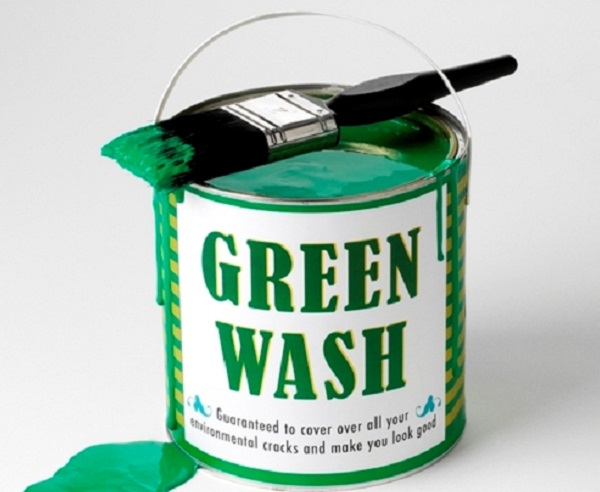
Since industrialization, the average temperature of our planet is on a rise and this can be reflected in erratic weather patterns and thinning of ice shelves. This phenomenon has been labeled as global warming. One of the major factors that contribute to this is production of green house gases like carbon dioxide, methane, chloral-floro carbons etc. Over the years awareness about consequences of global warming has increased many folds among consumers. This fact is being leveraged by many corporations and they have come up with so called ‘green products’ which have led to ‘greenwashing’. Greenwashing is a term that is used to represent the public relations tricks or superficial actions that an organization indulges in to improve its public image without actually doing much for the environment. Here is the list of 10 strangest greenwashed products available in the market.
Bottled Water
Let us look at certain facts first – in the year 2006 more than 25.5 billion plastic water bottles were sold in US alone. More than 17 million barrels of oil were used in plastic bottle production which produced more than 2.5 million tons of carbon dioxide. It takes about three liters of water to produce one liter of bottled water and that an equal amount of municipal water costs about 1/2000th the price of bottled water.
Now, you can decide how much “green” bottled water is. To clean their act, many companies have tried various measures to green-wash their products such as using bottles which have less plastic (land spring) or using renewable energies to become carbon negative (FIJI water) but the fact remains that bottled water is more a luxury than a necessity which causes more harm to environment than it benefits.
Bio-fuels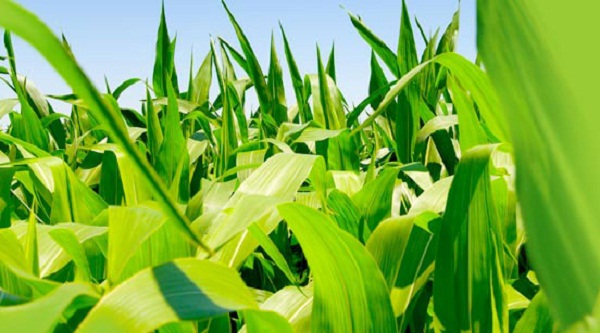
Bio fuels are considered to be the fuel of the future and a perfect substitute for the traditional fossil fuels. They claim to be cheaper and cleaner than the conventional sources of energy. But before we start believing in it as the energy cure we should also look at its impact on our eco system. First of all, to produce bio fuels a large quantity of fruits and vegetables are required. Currently, production of fruits / vegetables is such that it is not feasible to cater to demand of bio fuels and hunger simultaneously, successfully. It might lead to clearing up of forest areas or driving away people from their traditional lands, to make way for new land to produce more vegetables. Another possibility is that farmers might start giving their produce to bio fuel makers as they offer a lucrative price, in turn leading to a rise in global food prices. In the end, the question we have to ask ourselves is that is it morally correct to divert our food supply for bio fuels when millions sleep hungry every night?
Paper Tableware
There was a time when dining on paper plates was seen as a sign of poverty, but nowadays they are back in fashion due to increase in awareness about impact of plastics on the environment. But what no one realizes that these paprwares are non reusable as they can’t be washed (as they are made of paper) and in some cases non recyclable. Hence, they end up in piling up in various garbage landfills. Very few manufactures use recycled paper and end up charging a huge premium from customer for it. Also, increase in demand for paperwares also means cutting more tress to make the paper required available for manufacturing.
Household products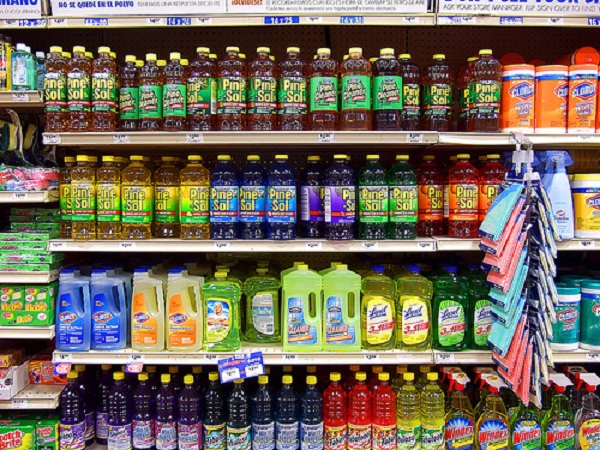
Many manufacturers of household products try to appeal to the eco friendly side of the consumers by labeling their products as biodegradable or eco friendly. But if you research properly most of their websites have defined eco friendly as the property of products to not produce or have any “direct toxins”. Similarly, biodegradable is defined as a product that would ultimately breakdown into its various components due to natural action. They conveniently forget the amount of time that it would need to break down (even plastic break downs after a few million of years).
Coal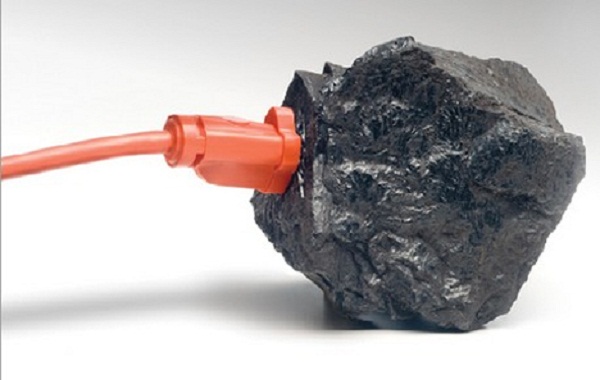
Before we talk about clean coal energy, let us first look at coal energy and some of the facts that are associated with it – burning a ton of coal results in production of approximately 590 kilograms of greenhouse gas emissions, on an average efficiency of a coal fired power plant is only about 35% thus it means that 65% of the energy produced from burning coal is wasted and results in release of toxic gases into atmosphere.
The term clean coal was first used by the American Coalition for Clean Coal Electricity (ACCCE). It is an advocacy group for coal mining and utility companies. It defined clean coal technology as “any technology to reduce pollutants associated with the burning of coal that was not in widespread use prior to the Clean Air Act Amendments of 1990.” Thus, any improvement in technology before unregulated practices would be labeled as clean coal technology. Also, if we look at the Clean Air Act Amendments of 1990 we would find that it talks mostly about soot (which is the most visible component of pollution), and to a lesser extent about sulfur oxides and nitrogen oxides (which cause acid rain). It completely ignores the issue of carbon dioxide as one of the most prolific green house gases.
Soft drinks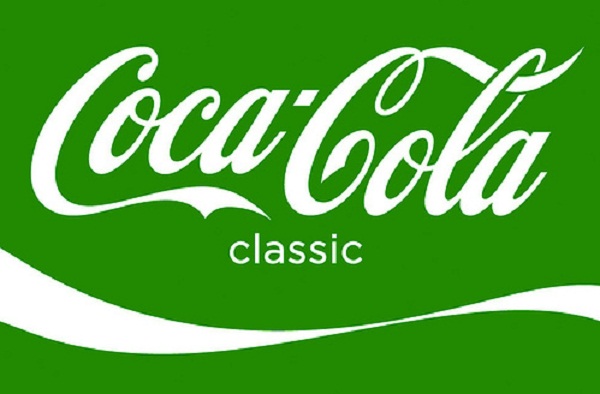
Many soft drink companies claim to be co champions and come out with several green initiatives like rain water harvesting, water recycling, discarding harmful materials in making of plastic bottles etc. But they don’t talk about the fact that it takes about 5 liters of water to produce 2 liters of soft drinks. On our planet, fresh water constitutes only 3% of the total water quantity, and only 0.8% of water is available for drinking, rest is trapped in ice sheets, glaciers etc. Then is it really “green” to waste this precious resource in making soft drinks? In 2008 alone, Coca-Cola and its bottlers used 93 billion gallons of water which is more than the water requirement of many countries. This continuous exploitation of potable water can lead to lowering of water table and hamper irrigation as well. Apart from this, the chemicals used in bottles can sometimes leach into liquid and are harmful for environment and health.
Air travel
Many aircraft carriers have claimed that they have found a way to combat the adverse effects of air travel on the environment, for e.g. British Airways claims to have successfully found a way to introduce bio fuels as a fuel. We have already seen that bio fuel can’t be a substitute for fossil fuels and it would take about half of the land of United Kingdom to cater to the fuel requirement of British Airways. Another airline, easyJet has claimed that its gas emissions are equal to if not less than hybrid cars. But, they don’t reveal the detailed calculation they have used to arrive at this result.
Toys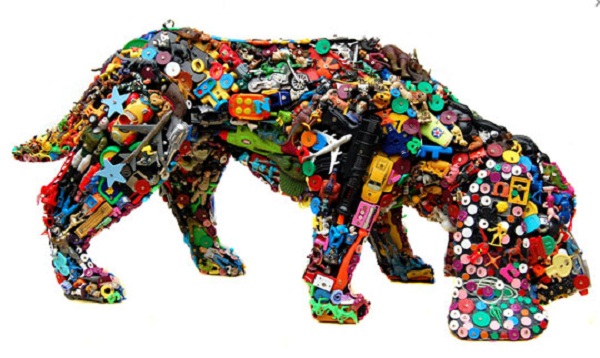
It is estimated that 13 million toys end up in landfill sites each year, most of them are made of plastics and thus are bio degradable. Many toy manufacturers try to greenwash this by using paper packing, using recycled materials or putting the recycle logo on the packing. They try to communicate that toys are eco friendly products. What they don’t tell is that some of the toys might have poisonous chemicals like arsenic, mercury and lead.
Meat Products
When you go out to a supermarket to buy meat you must have noticed that most of the companies have labeled their meat as natural, wholesome and of premium quality. But is there any way to cross check this? Yes, some of the meat that they offer no doubt would be of this quality but a large quantity of the meat come from special purpose animal farms where large number of animals are breed and reared just to cater to requirement of meat of various companies. There, the farmer has to use a large number of antibiotics to minimize sickness and also often resorts to using various hormones to speed up the growth process.
Laundry Detergent
Laundry detergents have chemical components that can be hazardous to both men and its surroundings, for e.g., phosphates can lead to algal blooms and some of the chemicals can lead to the corrosion of the nearby soil. Many manufactures have tried to greenwash this by advertising a new formula that uses less water or using bottles or packaging that is made of recycled material. But these are the things that do not address the harmful effects of detergents. Also, most of the detergent bottles are made of plastics which are again non biodegradable.




